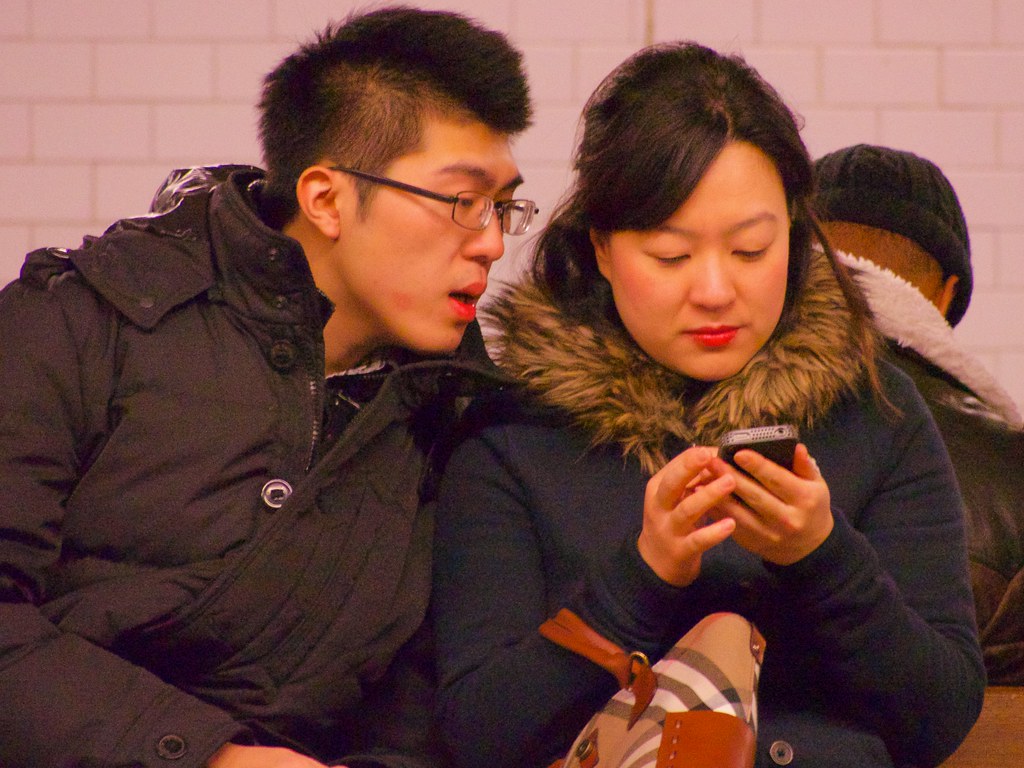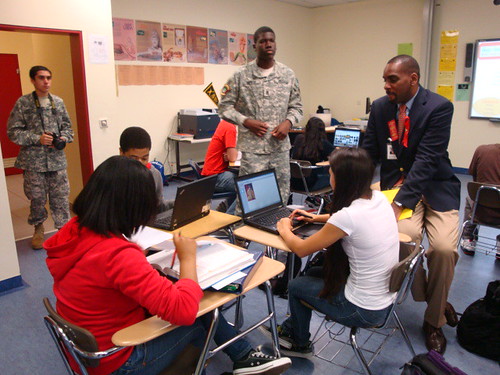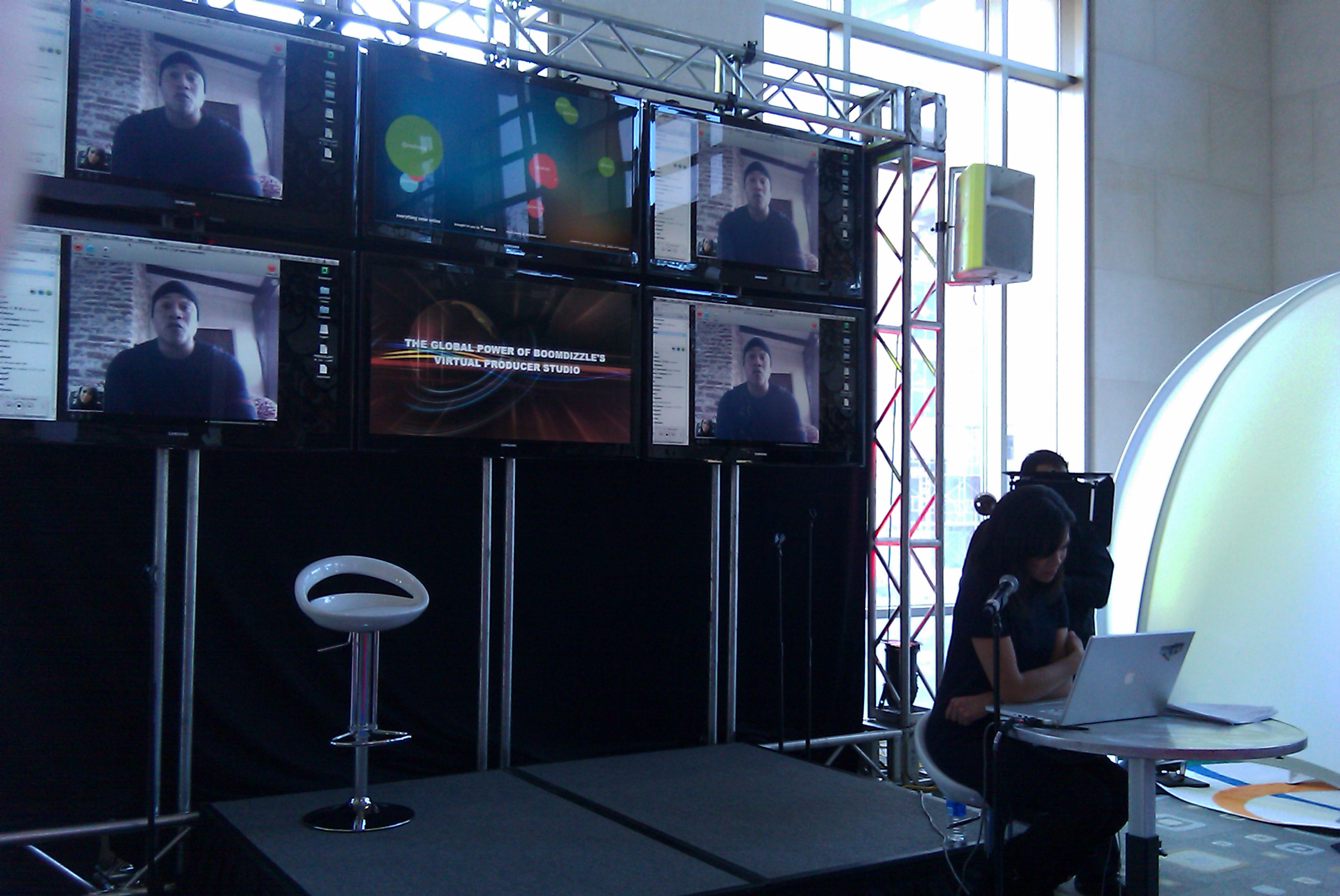
By Yunjee Um
As an international student in the United States, I have found it is difficult to make friends, though many people offer advice. It was interesting that there was a piece of advice about going on Tinder and start from talking to random people in my region. I never expected a dating app to be the method of relieving the boredom.
Sumter and Vandenbosch recruited 171 students from the University of Amsterdam, in addition to 370 respondents through the panel of a research agency to identify the demographic and personality related motivations of using dating apps for young people. 92.4% of them were Dutch. The respondents were between 18 and 30 years of age and more than half of the respondents were dating app users. In the survey, Sumter and Vandenbosch looked for answers to identify 3 relationships about dating apps.
- Relationship between demographic antecedents(Gender and Sexual orientation) and using dating apps
- Relationship between personality-based antecedents(Dating anxiety, Sensation seeking, and Sexual permissiveness) and using dating apps
- Whether or not demographic antecedents moderate the relationships between personality-based antecedents and motivations for using dating apps
The results indicated young people with particular identity traits are more likely to use dating apps. Non-heterosexual, low in dating anxiety, and high in sensation seeking and sexual permissiveness are highly related to motivations of using dating apps. For young adult males and people with high scores on sexual permissiveness are more likely to use dating apps to have casual sex while ease of communication and high in dating anxiety also lead them to use dating apps. People with more interest in sensation seeking are on dating app for self-worth validation as motivation. It is not surprising that people with high sexual permissiveness and sensation seeking use dating app for the thrill of excitement as well.
It is worth considering that cross-cultural studies might show different research results since cultural background shapes aspects of one’s personality. Also, different levels of acceptance of non-heterosexual relationships in other countries might exercise a huge effect on sexual orientation and related results.
People are on dating apps for different reasons and usages. However, committing oneself in a romantic relationship is one of the goals for young adults and dating apps provide a wider variety of choices for a partner. Remember, only if you treat others in a way you would want other people to treat you (whether it is online or offline), you will find someone as nice as you.
Sumter, S. R., & Vandenbosch, L. (2019). Dating gone mobile: Demographic and personality-based correlates of using smartphone-based dating applications among emerging adults. New Media & Society, 21(3), 655–673. https://doi.org/10.1177/1461444818804773


 Maintenance strategies say a lot about a relationship as well. A commitment to a future together brings about an increased amount of openness, cooperativeness, joint-problem solving, and assurances, as more importance is placed on maintaining the relationship in hopes of making it last. But no matter the case, as the study and I both suggest, keep withdrawal and verbal attacks to a minimum. No matter the certainty or satisfaction level, all participants felt these to be harmful and unhelpful coping strategies.
Maintenance strategies say a lot about a relationship as well. A commitment to a future together brings about an increased amount of openness, cooperativeness, joint-problem solving, and assurances, as more importance is placed on maintaining the relationship in hopes of making it last. But no matter the case, as the study and I both suggest, keep withdrawal and verbal attacks to a minimum. No matter the certainty or satisfaction level, all participants felt these to be harmful and unhelpful coping strategies.

